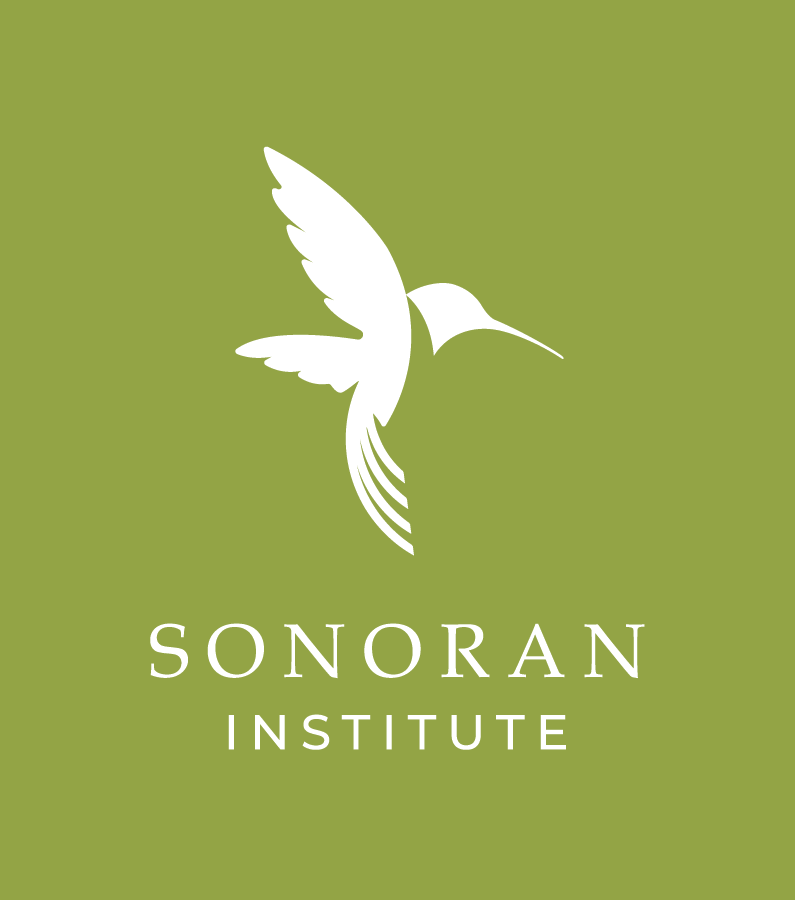This September, the Sonoran Institute gathered with our agency partners to celebrate the Mexicali Fluye project, which is a new and innovative program that is transforming Mexicali’s drainages from dumping grounds to community assets.

Officials from the US Environmental Protection Agency and Mexico’s Border Commission on the Environment (COCEF) visited our project sites, met with local families, and participated in clean-up activities. These activities were a celebration of our ongoing work focusing on the drains that carry away agricultural runoff from farmlands and help prevent flooding in the city.
A special thanks to Jeff Scott and Emily Pimentel from the EPA and Briselda Duarte from COCEF for attending.

Like our restoration work in the Delta, we involve the community in cleaning up these ditches, turning them into green corridors. The transformation is dramatic. With the help of local residents, we’ve removed more than 4,000 cubic meters of trash, built a community park, engaged 200 school children in reducing and recycling solid waste, and organized neighborhood groups to prevent illegal dumping. Our success to date has led us to expand our work into five additional drainages in Mexicali, and we are now assessing opportunities in Calexico, just across the Mexico-US border.

While the celebration event was going on, we also were briefing the International Boundary Water Commission on the project. While interested in learning about the project’s community benefits, the commission is looking to more broadly address water quality issues in the New River watershed that encompasses the communities of Mexicali and Calexico.

Originally created in the early 20th century by Colorado River flood waters that spilled into the Salton Sea basin, the New River is now sustained through runoff from farms in the Mexicali and Imperial valleys, treated and untreated sewage, industrial discharges, and the occasional storm. At one time, it was considered among the most polluted rivers in the US.
In the last 25 years, efforts have been made on both sides of the border to clean up the river, but water quality still remains a serious concern. Additionally, the river remains an important source of water for the Salton Sea, which is shrinking because of overall reduced flows, creating air pollution problems when the sea floor is exposed and sediments become airborne.

If scaled up on both sides of the border, our Mexicali Fluye clean up and restoration work could make a significant contribution to water quality in the New River and provide down-stream benefits to the Salton Sea. In the months to come, we will explore such opportunities in Calexico and on other reaches of the New River as it makes its way to the sea.

Stay tuned for additional developments on this important binational watershed initiative!
